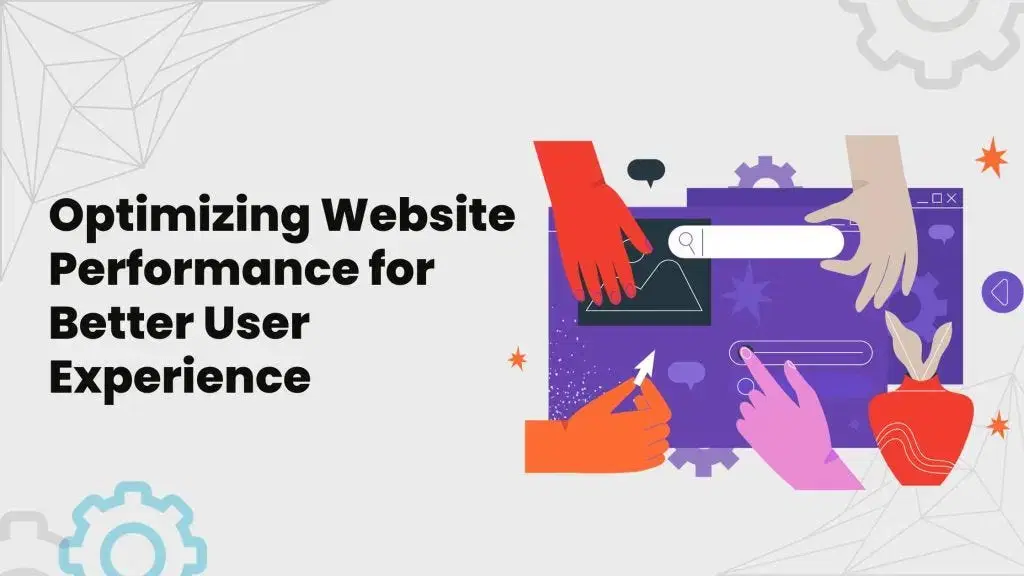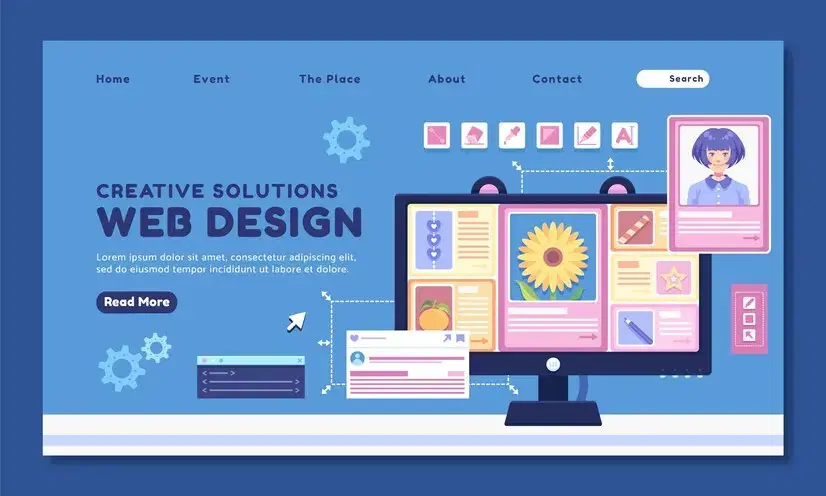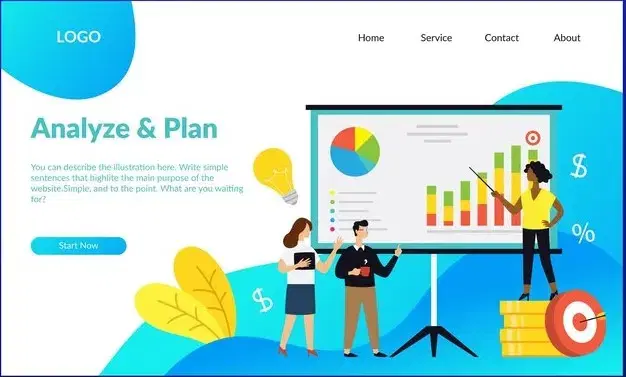Top 5 Strategies for Tackling Digital Challenges in 2024
Author
Share This Article

Table of Contents
Introduction
In the dynamic world of digital business, the road to success is fraught with obstacles. Whether you’re a startup or an established enterprise, common digital challenges like suboptimal user experience, outdated web design, poor SEO, ineffective content management, and underutilized analytics can hinder your growth. This comprehensive guide will equip you with the strategies you need to overcome these hurdles and thrive in 2024.

Optimizing User Experience (UX)
User experience (UX) is the cornerstone of a successful digital presence. A seamless, enjoyable experience can turn visitors into loyal customers, while a frustrating one can drive them away. Here’s how you can optimize UX:
How to Optimize User Experience (UX) for Better Engagement
User-Centered Design: Focus on your users’ needs and behaviors. Conduct user research to understand their pain points and design your site to address these effectively.
Simplify Navigation: Users should find what they need with minimal clicks. Implement intuitive menus, a clear site structure, and a prominent search function.
Responsive Design: Ensure your site is accessible and functional on all devices. A responsive design adapts to various screen sizes, providing a consistent experience.
Fast Load Times: Speed is crucial. Optimize images, minimize HTTP requests, and use caching to ensure your site loads quickly.
Accessible Design: Make your website accessible to all users, including those with disabilities. Use descriptive alt text for images, ensure keyboard navigability, and follow WCAG guidelines.
Example: Apple’s website is a prime example of excellent UX. Its clean design, intuitive navigation, and fast load times create a seamless user journey, encouraging exploration and purchase.

Web Design Tips
A visually appealing and functional website is vital for converting visitors into customers. Here are key web design tips to ensure your site is both attractive and effective:
Best Practices for Web Design in 2024
Modern Aesthetics: Keep your design up-to-date with the latest trends. Minimalistic layouts, bold typography, and dynamic visuals can make your site stand out.
Consistent Branding: Maintain a cohesive brand image. Use a consistent color scheme, typography, and style across your site to reinforce your brand identity.
Visual Hierarchy: Guide your users’ attention to the most important elements using size, color, and placement. Highlight your calls to action (CTAs) and key messages.
Interactive Elements: Incorporate interactive features like hover effects, animations, and video backgrounds to engage users and enhance their experience.
Example: Warby Parker’s website exemplifies modern web design. Its clean, minimalist layout and interactive features like the virtual try-on tool provide an engaging user experience.

Boosting SEO and Digital Marketing
To thrive in the digital space, your website must be visible. SEO and digital marketing are crucial for driving organic traffic and reaching your target audience.
How to Boost Online Visibility with SEO
Keyword Research: Identify and use keywords that your target audience is searching for. Integrate these naturally into your content, headings, and meta descriptions.
On-Page SEO: Optimize each page with relevant keywords, quality content, and proper meta tags. Ensure your titles and descriptions are compelling and keyword-rich.
Link Building: Build a robust backlink profile. Earn links from reputable sites and include internal links to keep users engaged on your site.
Content Marketing: Create valuable content that addresses your audience’s needs. Blog posts, videos, and infographics can attract and retain visitors.
Local SEO: If you serve a local market, optimize your site for local searches. Use location-based keywords and maintain accurate business listings.
Example: Amazon leverages SEO effectively. Its product pages are optimized with relevant keywords, user reviews, and detailed descriptions, helping it rank highly in search results.

Efficient Content Management
Content is king, but managing it efficiently is a challenge many businesses face. Here’s how to streamline your content management process:
Tips for Repurposing Content for Maximum Engagement
Content Audit: Regularly review your existing content to identify gaps and opportunities. Update outdated content and repurpose high-performing pieces.
Content Calendar: Plan your content in advance. A calendar helps you stay organized, maintain consistency, and align your content with marketing goals.
Repurposing Strategies: Maximize the value of your content by repurposing it into different formats. Turn blog posts into videos, infographics, or social media posts.
User-Generated Content: Encourage your audience to create content for you. User reviews, testimonials, and social media posts can enhance your content and build trust.
Automation Tools: Use content management tools to automate repetitive tasks like scheduling posts and distributing content across multiple platforms.
Example: HubSpot excels in content management. They repurpose their blog posts into videos, podcasts, and guides, ensuring their content reaches a wide audience in various formats.

Leveraging Analytics for Growth
Data is a powerful tool for driving growth. By leveraging analytics, you can make informed decisions and optimize your strategies for better results.
Using Data Analytics to Drive Business Growth
Set Clear Goals: Define what you want to achieve with your analytics. Whether it’s increasing traffic, improving conversion rates, or boosting engagement, clear goals are essential.
Track Key Metrics: Monitor metrics that align with your goals. These might include page views, bounce rates, conversion rates, and customer retention.
Analyze User Behavior: Use tools like Google Analytics to understand how users interact with your site. Identify patterns and areas for improvement.
A/B Testing: Experiment with different elements of your site to see what works best. A/B testing can help you optimize everything from headlines to CTAs.
Data-Driven Decisions: Use insights from your analytics to inform your strategy. Data-driven decisions are more likely to succeed and drive growth.
Example: Netflix uses analytics to enhance its user experience. By analyzing viewing patterns, they personalize recommendations and optimize their content offerings.
Conclusion
Overcoming digital challenges is essential for businesses looking to thrive in 2024. By focusing on UX optimization, modern web design, effective SEO strategies, efficient content management, and leveraging analytics, you can overcome these hurdles and achieve sustained growth.
Ready to take your digital presence to the next level? Start implementing these strategies today and watch your business soar!